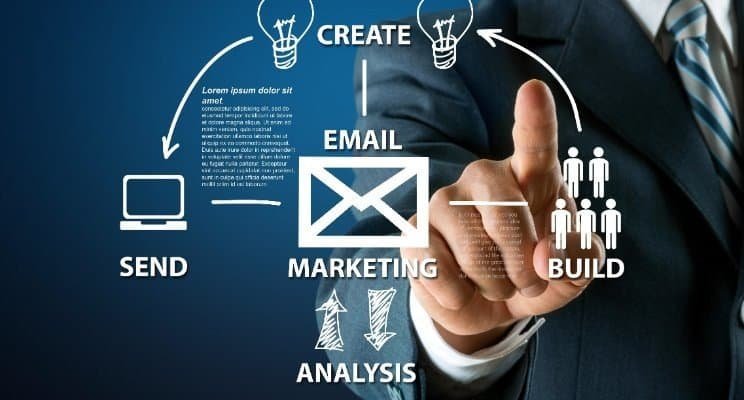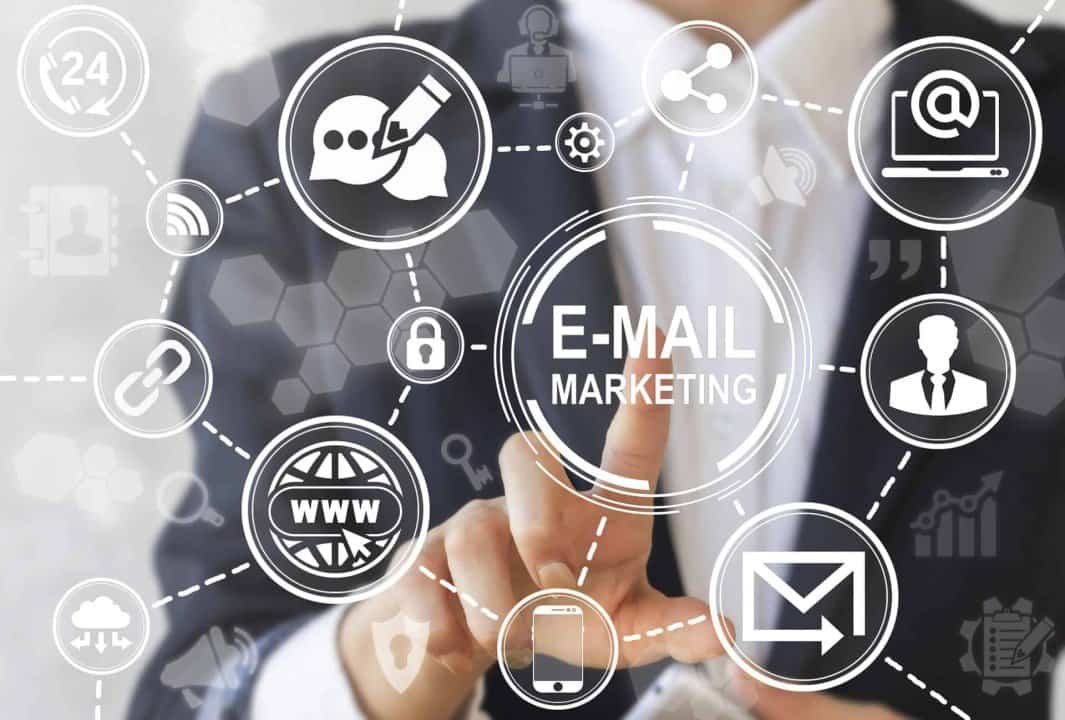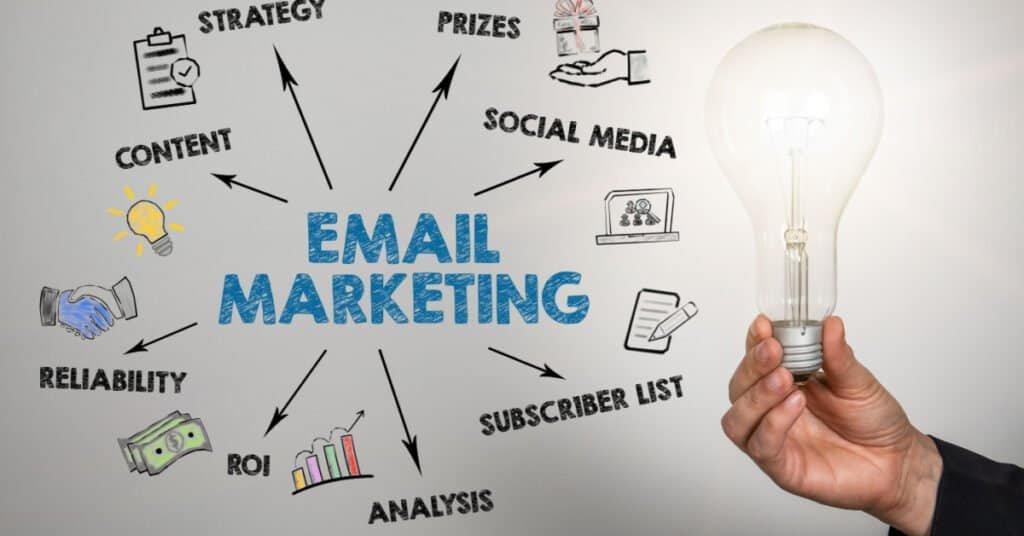Hey there, my man! You know how everyone’s talking about email marketing? It’s like the cool kid in the digital marketing world. And guess what? They’re right! Email marketing is a powerful tool that can seriously boost your business. Let’s dive into the nitty-gritty of how to rock it like a pro. To truly harness its potential, you need to implement effective email marketing strategies that resonate with your audience. Personalization, segmentation, and compelling subject lines are just a few tactics that can make your emails stand out in crowded inboxes. Remember, the key is to build relationships, not just transactions, so always focus on delivering value with every message you send.
Why Email Marketing is Essential
Email marketing allows you to directly connect with your audience, build relationships, and drive sales. Unlike social media, where you’re at the mercy of algorithms and platform changes, you own your email list. This means you have complete control over your messaging and how you reach your subscribers. Plus, it’s a money-making machine! Studies show that email marketing can generate a whopping $42 for every $1 spent. That’s a return on investment (ROI) that’s hard to beat!

Building an Email List That Converts
Having an email list is great, but having a list full of engaged subscribers who are eager to hear from you is even better. The key is to offer something valuable in exchange for their email address. This could be a:
- Lead magnet: A free piece of content like a downloadable guide, ebook, checklist, or discount code.
- Free trial: Give potential customers a taste of what you offer before they commit to buying.
- Exclusive content: Offer subscribers early access to new products, behind-the-scenes peeks, or special promotions.
Remember, people are more likely to hand over their email address if they know they’ll get something awesome in return.
Crafting Emails That Get Opened and Read
Okay, so you’ve got a killer lead magnet and people are signing up for your list. Now what? It’s time to craft emails that get opened and read. Here’s how:
Write Killer Subject Lines
Think of your subject line as the headline of your email. It’s the first thing people see, and it decides whether they open your email or send it straight to the trash.
To write an irresistible subject line, try using:
- Personalization: Address your subscribers by their first name.
- Curiosity: Tease the content of your email without giving too much away.
- Urgency: Create a sense of urgency to encourage people to open your email right away.
- Benefits: Highlight what’s in it for the reader. What problem are you solving for them?.
Provide Value With Every Email
No one wants to be bombarded with sales pitches all the time. Focus on providing value with your emails. Share helpful tips, insightful advice, or entertaining content that your audience will enjoy.
Keep it Short and Sweet
People are busy, so keep your emails concise and easy to read. Use short paragraphs, bullet points (sorry!), and clear formatting. Get to the point quickly and make it easy for readers to scan your email.
Don’t Forget a Call to Action
Every email should have a clear call to action (CTA). Tell your readers what you want them to do next, whether it’s visiting your website, downloading a resource, or making a purchase. Make your CTA stand out with a button or a clear link.

Avoiding the Spam Folder
You’ve put in all this work to craft amazing emails, but what if they end up in the dreaded spam folder? Here are some tips to keep your emails out of spam:
Avoid Spam Triggers
Certain words and phrases can trigger spam filters. Avoid using all caps, excessive punctuation, and spammy words like “free,” “prize,” or “guaranteed”.
Clean Your List Regularly
Over time, some subscribers will become inactive or their email addresses will bounce. Regularly cleaning your list by removing these inactive subscribers will improve your deliverability rate.
Use a Reputable Email Marketing Service
Choose an email marketing service that has a good reputation for deliverability and follows best practices. Some popular options include:
Segmenting Your Audience for Maximum Impact
Not all subscribers are created equal. Some are new to your brand, while others are loyal customers. Segmenting your email list allows you to send targeted emails to specific groups of people based on their interests, behavior, or demographics.
For example, you can create segments for:
- New subscribers: Send them a welcome email series to introduce your brand and provide value.
- Engaged subscribers: Reward their loyalty with exclusive content or special offers.
- Customers who have purchased a specific product: Recommend related products or offer them a discount on their next purchase.
By tailoring your emails to each segment, you can increase engagement and conversions.
Analyzing and Optimizing Your Email Campaigns
Email marketing isn’t a set-it-and-forget-it tactic. You need to constantly analyze your results and make adjustments to improve your campaigns. Most email marketing services provide analytics that track metrics like:
- Open rate: The percentage of people who open your email.
- Click-through rate (CTR): The percentage of people who click on a link in your email.
- Conversion rate: The percentage of people who take a desired action, such as making a purchase.
Use this data to identify what’s working and what’s not. Experiment with different subject lines, email content, and CTAs to see what resonates best with your audience.

Crafting a Compelling Lead Magnet That Grows Your List
Creating a lead magnet is an art and a science. You want something that is valuable enough that people are willing to give you their email address in exchange for it, but also something that is relevant to your business and will attract qualified leads.
Here are some tips for creating a lead magnet that converts:
- Solve a specific problem: Identify a common pain point your target audience faces and offer a solution.
- Provide actionable advice: Give people steps they can take to achieve a desired outcome.
- Keep it concise and easy to consume: People are more likely to download a short ebook or checklist than a lengthy report.
- Promote it everywhere: Share your lead magnet on social media, your website, and in your email signature.
Conclusion
Email marketing is a powerful tool that can help you grow your business and build lasting relationships with your audience. By following the strategies outlined in this guide, you can create email campaigns that get results. Remember to focus on providing value, segmenting your audience, and constantly testing and optimizing your campaigns.
FAQs
What is the best email marketing service for beginners? There are many great email marketing services available, but some popular options for beginners include Mailchimp, Constant Contact, and Moosend.
How often should I send emails to my subscribers? The frequency of your emails will depend on your audience and the type of content you’re sharing. It’s a good idea to start with once a week and experiment to see what works best.
What is the best time to send emails? There is no one-size-fits-all answer to this question. The best time to send emails will depend on your audience and their habits. Experiment with different send times to see what gets the best results.
Remember, the key to successful email marketing is to build relationships with your subscribers, provide value, and stay top of mind. So go out there, rock your email marketing, and watch your business grow! Utilize segmentation to tailor your messages to different audiences, ensuring your content resonates with each group. Additionally, implement email marketing success strategies such as A/B testing to optimize your campaigns and drive higher engagement. Consistently analyzing your results will help you refine your approach and achieve even greater outcomes.

